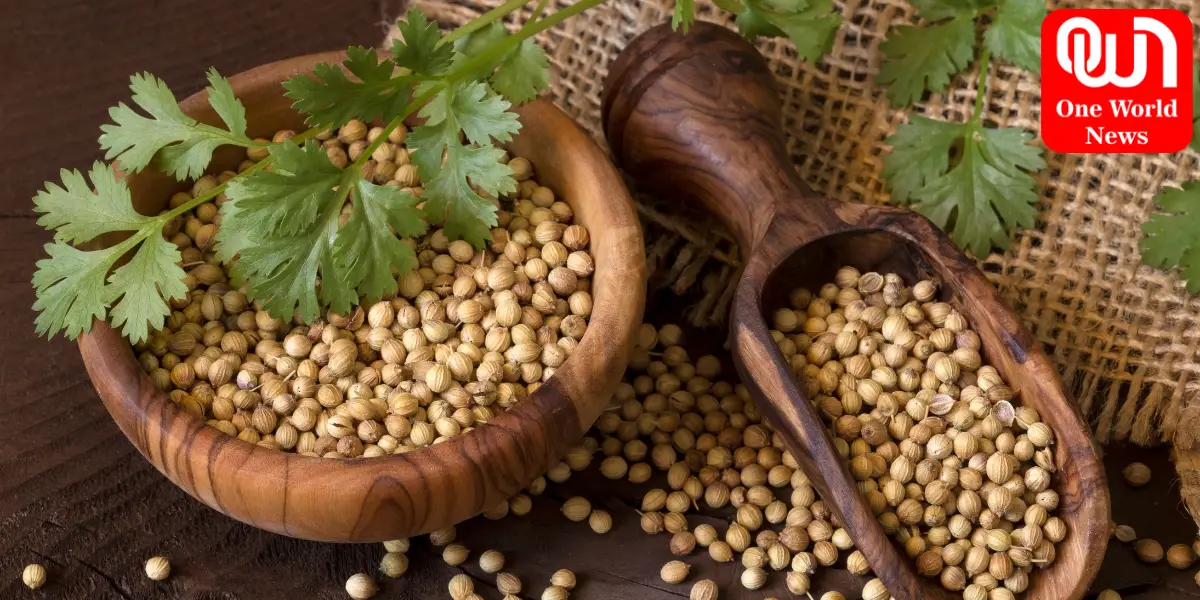Know the Secrets of How to Grow Coriander at Home and Elevate Your Culinary Creations with Fresh Herbs
Do you find yourself frequently reaching for coriander while cooking up a storm in your kitchen? Imagine having a bountiful supply of fresh coriander right at your fingertips, ready to enhance your culinary creations whenever you desire. With a little know-how and a green thumb, you can easily grow coriander at home and enjoy its vibrant flavours and aromatic delights. Let’s dive into the world of coriander cultivation and discover how to grow coriander at home and can nurture this versatile herb right in your backyard or windowsill.
Choosing the Perfect Spot
Coriander thrives in areas with partial shade and well-draining soil. Select a location that receives a few hours of sunlight each day, ensuring it’s protected from strong winds. If you lack outdoor space, don’t fret! Coriander can also be grown indoors, as long as you provide ample light.
Read more:- The Dark Side of Dieting: 7 Reasons It Fails
Sowing the Seeds
Start by selecting high-quality coriander seeds, readily available at gardening stores or online. Prepare a pot or container with well-draining soil mixed with organic compost. Sow the seeds about half an inch deep, leaving a few inches of space between each seed. Water gently and keep the soil consistently moist throughout the germination period.
Caring for Coriander
As your coriander plants emerge, maintain a regular watering schedule to keep the soil evenly moist. Avoid overwatering, as it can lead to root rot. If you notice the soil becoming too dry, provide a gentle misting to prevent the plants from drying out.
Fertilisation is key to robust coriander growth. Feed your plants with a balanced organic fertiliser once a month to provide them with the essential nutrients they need. Additionally, keep an eye out for any signs of pests or diseases. Should any issues arise, promptly address them with appropriate organic remedies to ensure the health and vitality of your coriander crop.
Harvesting and Storing
Coriander leaves, also known as cilantro, can be harvested once the plants reach a height of 6 to 8 inches. Pick the leaves individually or trim the stems to encourage further growth. Remember to leave some foliage on the plant to allow for continuous regrowth. Enjoy the fresh leaves in your dishes, or dry them for later use by hanging them upside down in a cool, well-ventilated area.
Read more: Scalp Conditions: Pictures, Causes, and Treatments
Coriander seeds are equally valuable and can be harvested when the plants produce small, round, brown seeds. Allow the seeds to fully mature and dry on the plant before collecting them. Store the seeds in airtight containers in a cool, dark place, and grind them as needed to add a burst of flavour to your recipes.
Read more:- 6 Easy & Effective Ways Men Boost Fertility Naturally
Know Your Green Thumb
Growing coriander at home is a rewarding experience that not only provides you with a steady supply of this delightful herb but also connects you to the natural world around you. The satisfaction of nurturing a tiny seed into a flourishing plant and the joy of harvesting fresh coriander from your own garden or windowsill is truly unparalleled.
So, why not embark on this green journey and unlock the secrets of coriander cultivation? With these simple steps and a dash of patience, you can grow coriander at home, infusing your culinary creations with its distinctive flavour and aroma.
Like this post?
Register at One World News to never miss out on videos, celeb interviews, and best reads.









